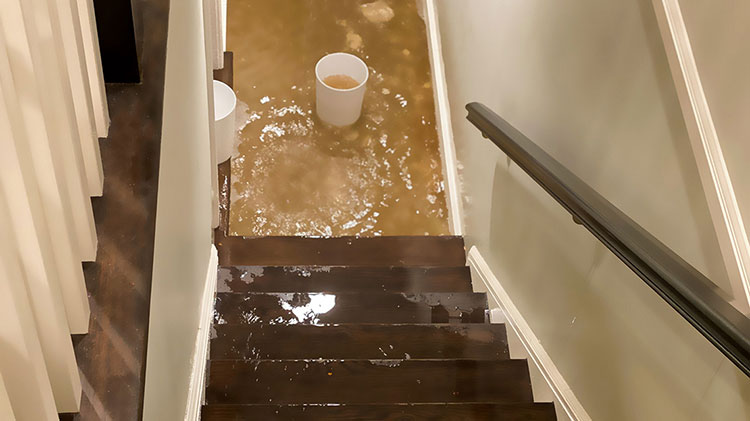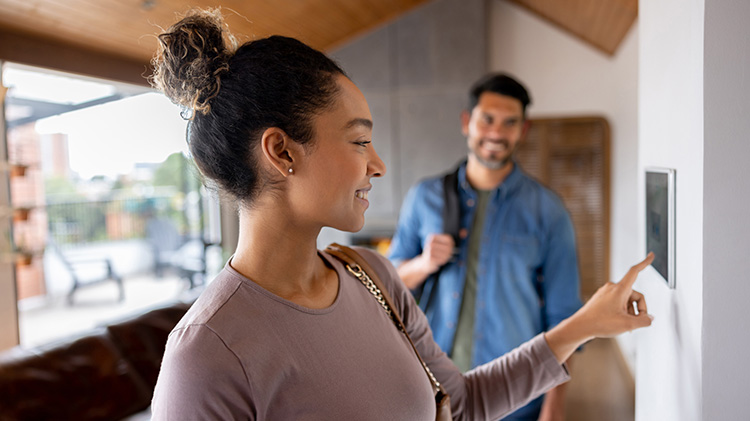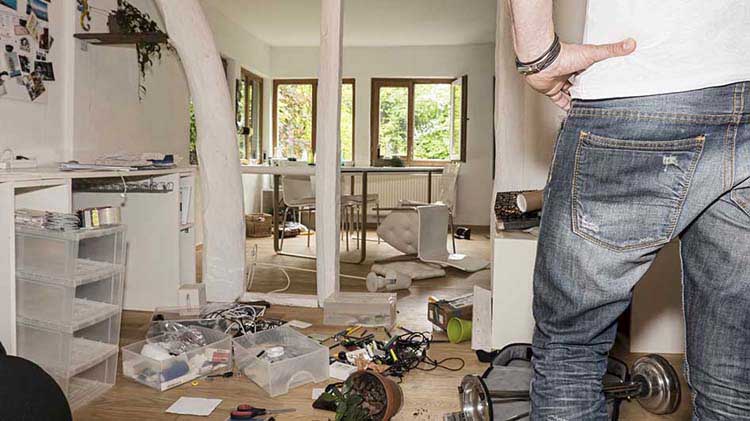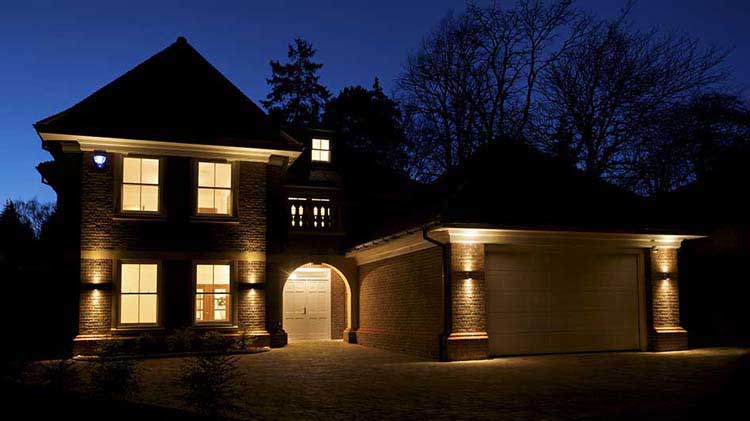Help control your home monitoring system with your smartphone
The latest generation of remote home monitoring goes far beyond smoke detection and intrusion alerts. Multiple professional and do-it-yourself options are available to help make your home a smart home.
What are the statistics?
Every 30 seconds a home is burglarized in the U.S. with an average value of $2,661 in property loss. Data from the FBI shows that during 2019, 55.7% of all burglaries were due to forced entry. In addition, 62.8% of all burglaries happened in homes or residential properties.
According to the National Fire Protection Association a fire department responded to a fire every 23 seconds, and a home fire happened every 89 seconds during 2020. In addition, a 2021 report from the U.S Fire Administration shows that electrical malfunctions were the fourth-leading cause for fires in residential buildings during 2019.
These days, home monitoring systems are about more than just preventing burglaries. They're about protecting your home and property from theft, fire and even water damage.
What kind of home monitoring system is best for you?
Many remote home monitoring systems don't even require the typical touchpads, key fobs or monthly monitoring fees. There are many easier, cheaper and more versatile alternatives you can access in a smart home using something that's probably already in your pocket — your smartphone.
In some cases, monitoring homes remotely can be a minimal, do-it-yourself effort by using products that provide a single device you can control from your phone. But for a more comprehensive service — some including 24-hour monitoring by security professionals — the latest generation of smart home systems goes far beyond smoke detection and intrusion alerts. Many include options for real-time video monitoring, motion-activated recording and even night vision. Systems also can monitor air quality, temperature and humidity.
Remotely-controlled ovens, water heaters and washing machines are here, too, although still in early stages, and many more items are in development.
Get a renters insurance quote
Want to protect your stuff?
What smart home activity can be monitored or controlled remotely?
Devices that monitor fire activity
Devices that monitor water activity
- Moisture detection (such as a leaking washing machine or dishwasher, burst water lines or overflowing sump pumps)
- Automated water valve shutoff that stops water at the source when a potential leak is detected
- Temperature sensors (to help avoid frozen pipes)
Devices that monitor crime activity
- Broken glass alert
- Door or window opened alert
- Motion detection
- Locking of doors
- Motion-activated camera
- Turning on lights
Devices that help with care monitoring
- Control home temperature for sick and elderly household members
- Video monitoring
- Activity monitoring
- Medical alert options
- Carbon monoxide detectors
Devices that provide convenience
- Connected electrical outlets
- Thermostats
- Appliance shutoff
A home alert protection discount may be available to State Farm® customers who install fire, smoke or burglar alarms. In addition, you may qualify for a free smart Ting device that can help you prevent electrical fires. Please see your agent today for more information.




